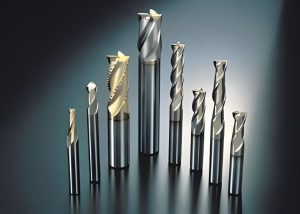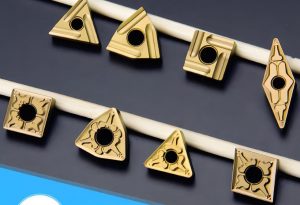A thread milling cutter is one of the thread processing tools. The method of machining threads with a thread milling cutter is called thread milling. Thread milling cutters are used in various sectors such as automotive, aerospace, medical, and machining, and as they are used in a wide range of applications, the requirements for their use are increasing. Here we summarize and answer the common questions about the use of thread milling cutters.
1, How to distinguish between thread milling cutters and chip taps?
If it is a single tooth thread milling cutter, it is easy to distinguish; if it is a multi-tooth one, it is also easier. The most direct way is to look at the top teeth. The tap is a spiral tooth, and the thread milling cutter is a circle tooth.
2, Does the tooth depth of the thread milling cutter have any effect on the thread accuracy?
In fact, the thread accuracy is usually checked with a through stop gauge, and the main influence on the through stop gauge is the tooth pitch and the opening width of the root. Generally speaking, the depth of the teeth does not affect the inspection of the through gauge. When actually milling threads, adjusting the radius of the milling toolseems to affect only the through gauge but not the stop gauge. In other words, the slight change of the large diameter and small diameter only affects the through gauge, not the stop gauge.
3, Is the thread milling cutter made of carbide steel?
Yes, at present, the manufacturing material of thread milling cutter is carbide, and the processing line speed can reach 80~200m/min, while the processing line speed of HSS tap is only 10~30m/min, so the thread milling cutter is suitable for high speed cutting, and the surface finish of processing thread is also greatly improved.
4, What is the difference between straight groove thread milling cutter and spiral thread milling cutter?
It is generally believed that the straight groove and the spiral groove have different chip removal methods, the former is downward chip removal and the latter is upward. The spiral groove also has an anti-vibration function. It should always be in contact with the cutting surface with the same number of teeth. The straight groove will have a clearance section. The straight groove is not as deep as the spiral groove, so the strength of the tool is stronger than the spiral groove.





